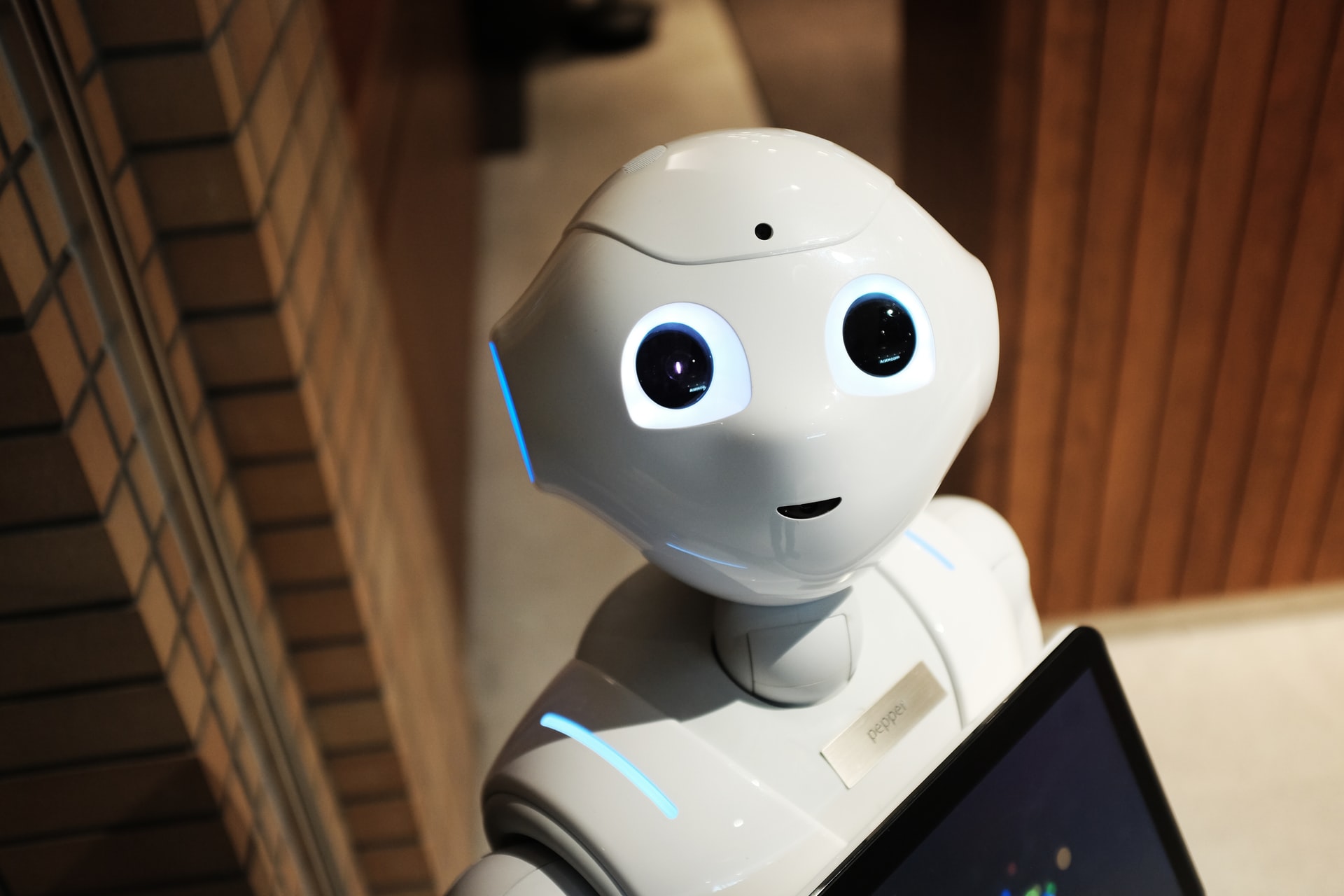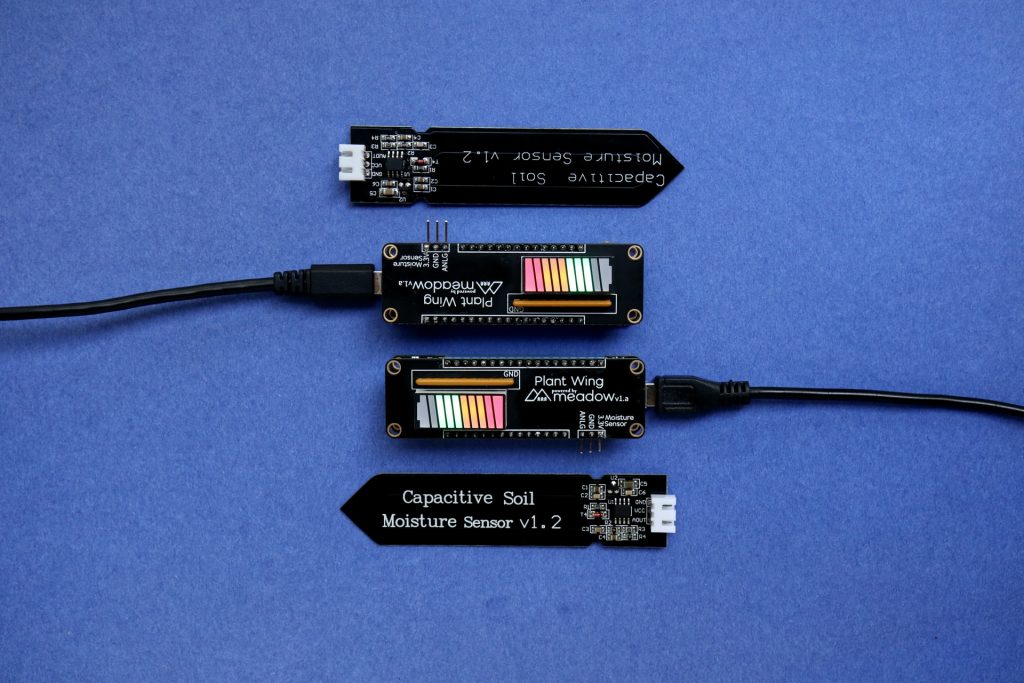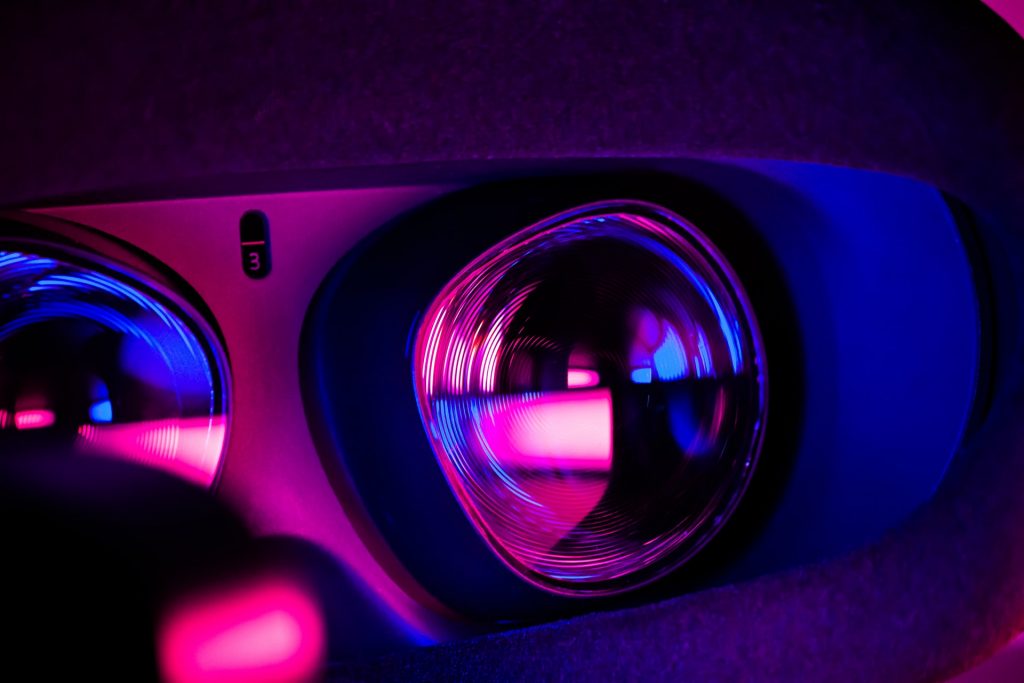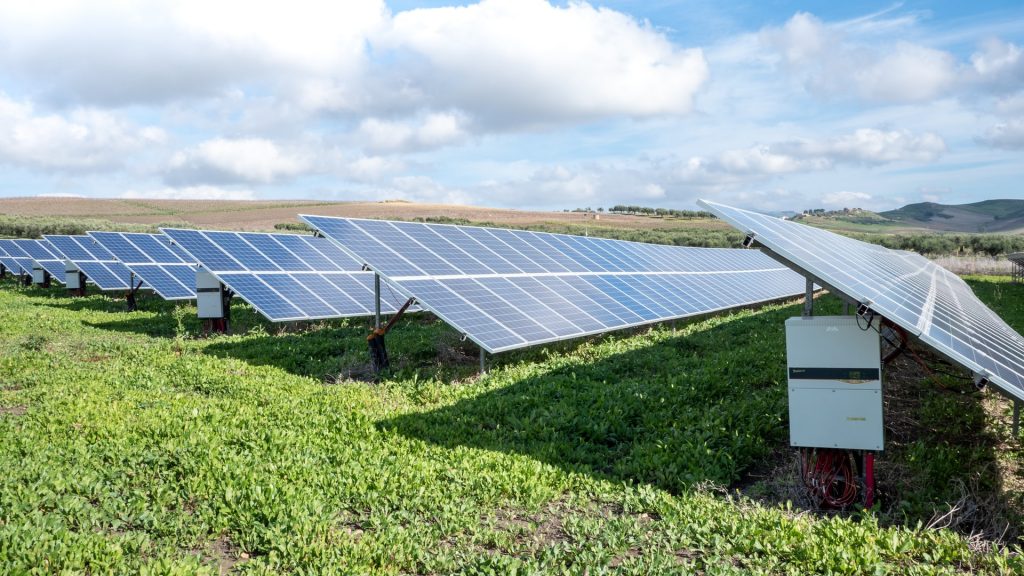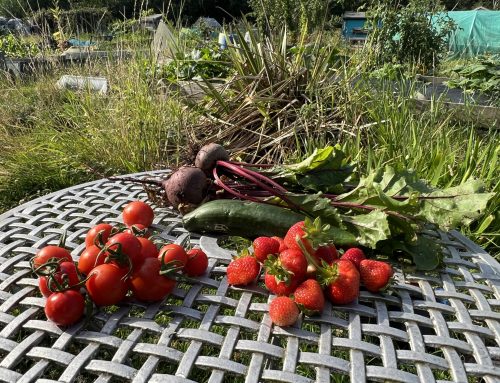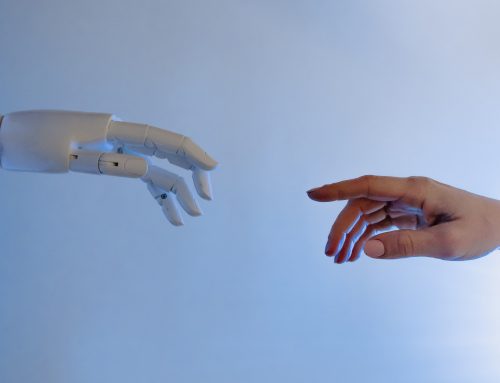The Abavus My Council Services platform currently supports thousands of back-office staff in a variety of service areas across the UK.
As part of our roadmap planning, we are always looking as to how technology will drive changes and improvements for individuals and councils over the next five years.
If you are old enough (I am), you might remember a program on the BBC called Tomorrow’s World. The show highlighted emerging technologies and how it would change our lives forever. In reality, most of the technology never made the production line, and the rest never really changed our lives.
I mention this because the five concepts highlighted below ARE live, and I do think they will impact upon many areas of our lives, including work done by UK councils.
Internet of Things (IoT)
IOT will provide two focus points – one on monitoring and the other on action.
Monitors will check for readings on sensors, heat, light, volume, moisture, etc. Based on the reading, you will look to take an action – open a valve, turn on the power, turn off lights, alert, inform, etc.
If a light bulb fails, for example, the sensor will detect this and send an alert to the maintenance team. If a bin is full, the sensor will see this and send an alert. If a door is open, the sensor will know this and send an alert. And so on.
At the moment, these monitors are working well. Fully automated actions are not quite there yet. As a result, people are still needed to take those actions, and likely will do for the next few years. Nevertheless, this full end-to-end automation technology is not far away.
Extended reality
Wearable technology has been with us for over two decades with no real impact. An exception is health technology monitoring, which has helped to save lives. But technology seeing everyday use has not really been noticed by the general public. This is beginning to change.
Extended reality is where you bring computing into the real world. You overlay and provide information you can visually interact with. This means you won’t need a mobile device, keyboard or screen, but instead use a pair of glasses. Interactions will involve looking at a virtual object, and then touching towards it. There are many areas of council life where this would be very beneficial:
- Workers could view underground pipe work locations overlaid on grass verges.
- Officers could see see trees protected by a TPO using a type of tree overlay.
- Grounds teams could walk up to a playground with objects highlighted to show which are faulty.
- Planning applications with a 3D drawing overlaid on a building could display all drainage and utility connections.
And these are only a few examples of wearable technology. There are practically endless use cases!
3D printing
Council street and park furniture is purchased based on specific criteria. Importantly, it must be safe, secure, robust, hard to steal… and able to withstand rough treatment from the general public!
Of course, this comes at a cost, meaning budgets become stretched further.
With 3D printing, the focus can move towards components that are cheaper to replace. Some examples include:
- Repairing waste containers by printing new parts (lids, wheels, etc).
- Play equipment with damaged or stolen components
- Fencing posts
- Planters
- Fixing gardening equipment
Over the last few decades, 3D printers have become more and more accessible. They print more quickly, use better materials, and offer functionality to automate production. If technology continues to accelerate at its current pace, 3D prints will become standard office machines within the next ten years. They may see more usage than kettles!
New energy solutions
Councils have climate change targets to meet, and this is against a backdrop of reduced budgets. To meet these targets, councils will have to go beyond standard practices to reduce their carbon footprint. With this in mind, we could start seeing combined solutions where energy conservation AND energy generation plays a role.
A possible example is where councils own or lease green and brown field locations. These could be quickly transformed into solar farms, either by the council themselves or by third-party contractors as part of public/private partnership initiatives. Of course, there would be barriers to implementation, including potential visual impacts and loss of agricultural land. However, with intelligent and considerate construction, solar farms could be built in a sustainable way, and can be removed when no longer in use.
Wind farms in the right location are a great source of electricity generation. The energy generated would not only offset electricity bills for the council, but could also generate revenue for the council via selling excess energy back to the grid.
It may sound a bit farfetched, but do not discount this happening.
Health monitoring
We are all familiar with how the new generation of watches offers health monitoring. The problem is they need constant charging, you have to wear them all the time, and they are costly.
New to the market this year is the Smart Health Monitoring Light. This is a standard light bulb that can monitor breathing, sleep, heart rate and movement. The bulb does not need charging or wearing, and has a low cost of installation and management. This solution can see use in every UK care home where the elderly and vulnerable need higher levels of care. When vital signs drop or stop altogether, the bulb can notify the emergency services.
Therefore, in council departments such as adult social care, there is a real opportunity to implement more affordable and intelligent equipment.

